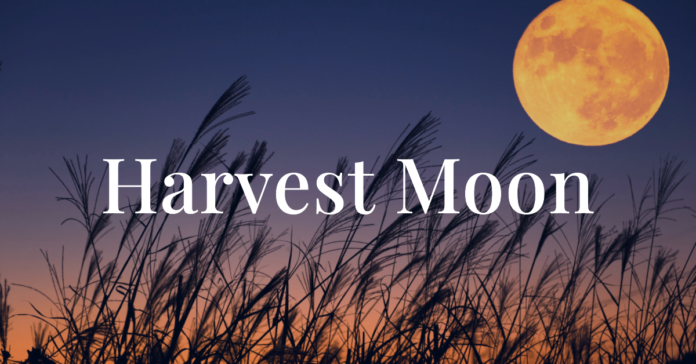The final supermoon of 2023, known as the Harvest Moon, will be visible after sunset on Thursday.
The astronomical stage is set for the grand finale of supermoons in 2023, offering a spectacular sight as the fourth and final supermoon of the year graces the night sky.
This celestial spectacle will be visible shortly after sunset on Thursday, marking the culmination of summer filled with mesmerizing, large and bright full moons.
A supermoon occurs when the moon moves closer to Earth in its elliptical orbit, creating a panoramic illusion of increased size and increased brightness.
According to the Farmer’s Almanac predictions, this year’s Harvest Supermoon will peak around 6 a.m. ET on Friday, having already risen the night before. This astronomical display will continue to grace the sky on Friday evening.
Known as the Harvest Moon, this full moon is significant because it closely coincides with the autumnal equinox, which occurs on September 23. Often called the Corn Moon, it marks the end of the summer harvest, especially among farmers and avid sky watchers.
Although the Harvest Moon usually occurs in September, it sometimes falls in October every three years, distinguishing it from other full corn moons.
What is the origin of the term ‘Harvest Moon’?
The name ‘Harvest Moon’ has its roots in the farming practices of the olden days. In the era when tractors had headlights, the presence of the moon was of great importance for timely harvesting of crops from the fields.
Alan McRobert, editor of Sky & Telescope magazine, explains that moonlight is an important factor in making crops grow faster and preventing crops from rotting due to rain.
Late summer and early fall mark the ripening period for many crops, requiring intense exertion from farmers who find themselves exceptionally busy. With the need to extend one’s work into the evening after sunset, the moonlight’s gentle glow became a valuable ally in the farming process, giving rise to the term ‘harvest moon’.
According to NASA, the first recorded use of the word “harvest moon” in the Oxford English Dictionary is in 1706, solidifying its historical importance in agricultural traditions.
Four full moons in a year
Thursday’s supermoon marks the end of a series of four consecutive supermoons in 2023, each with its own unique name:
- Buck moon of July
- August Sturgeon Moon
- Blue moon of August
- September is the harvest moon
A blue moon is the occurrence of two full moons within a calendar month, and the blue moon in August is extra rare because it coincides with a supermoon.
According to NASA, the next occurrence of a super blue moon is not expected for another 14 years. Sky watchers will have to wait until January and March 2037 to see this astronomical phenomenon grace the night sky again.



